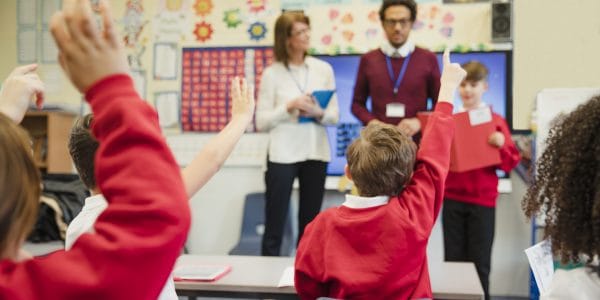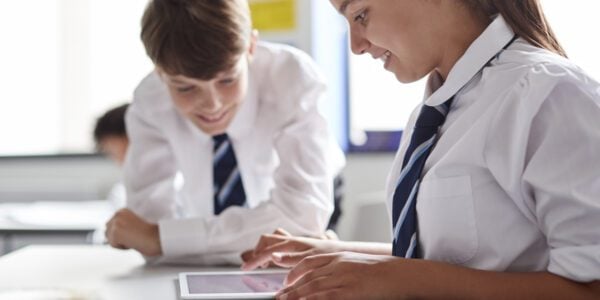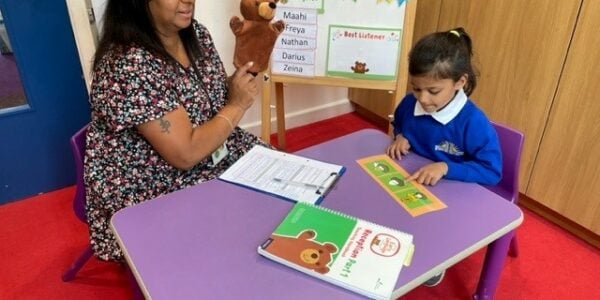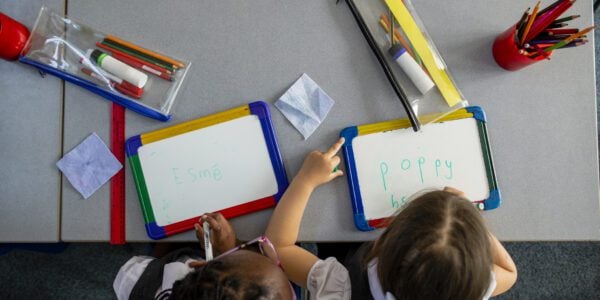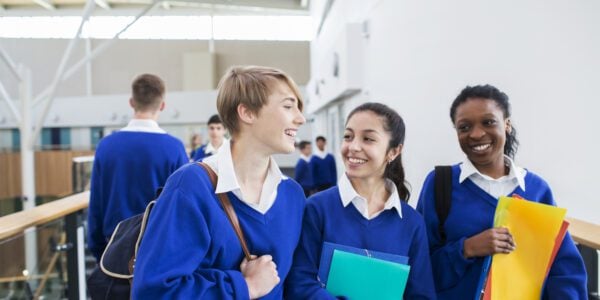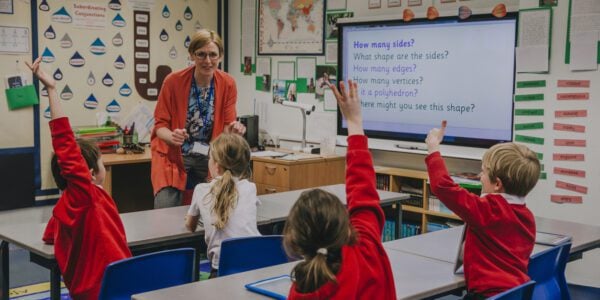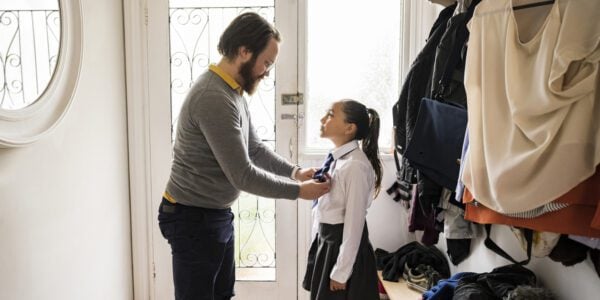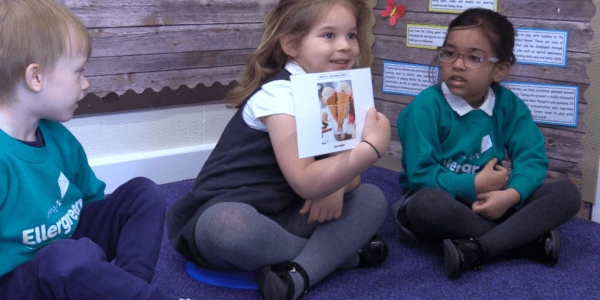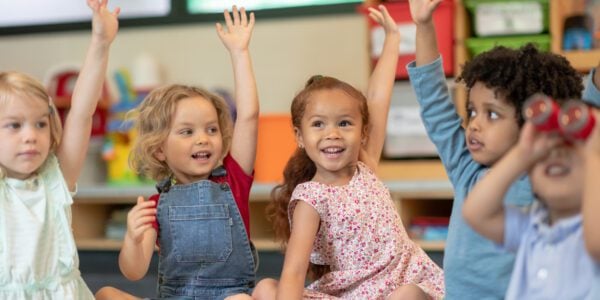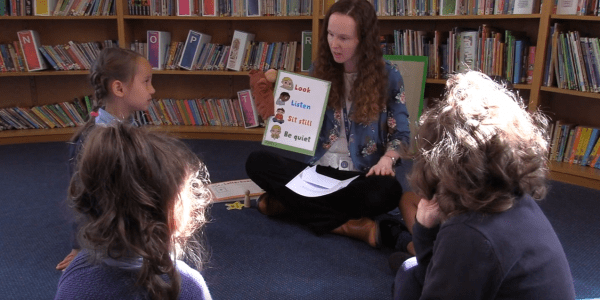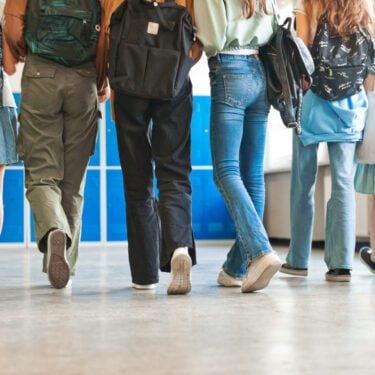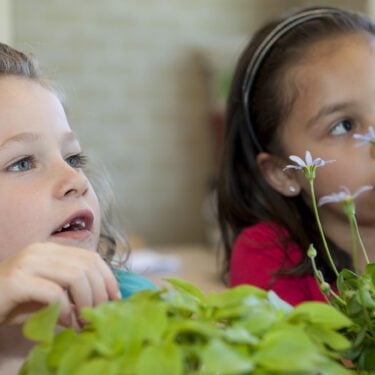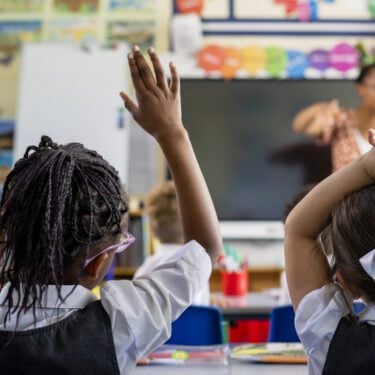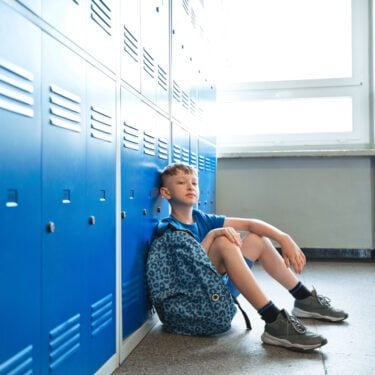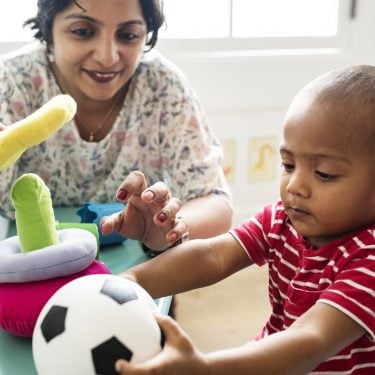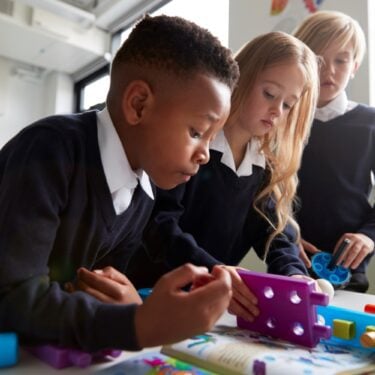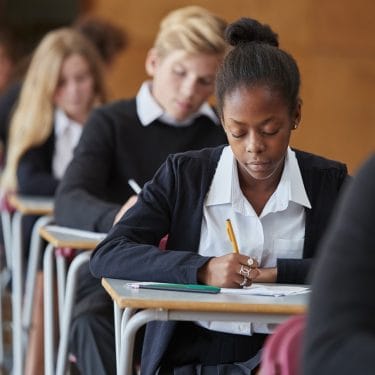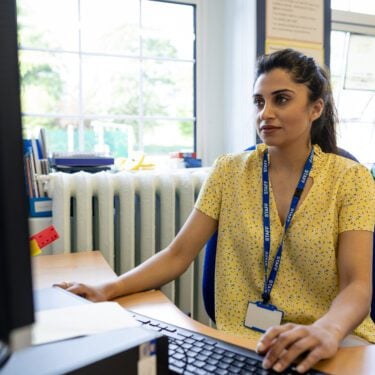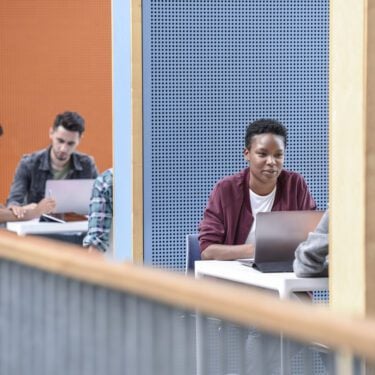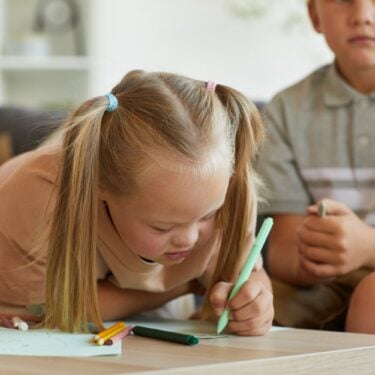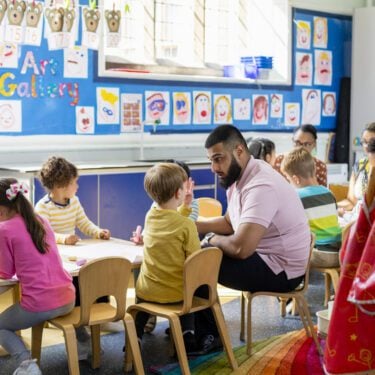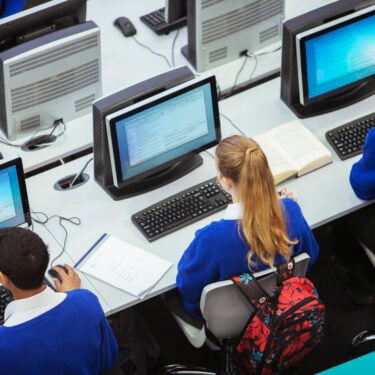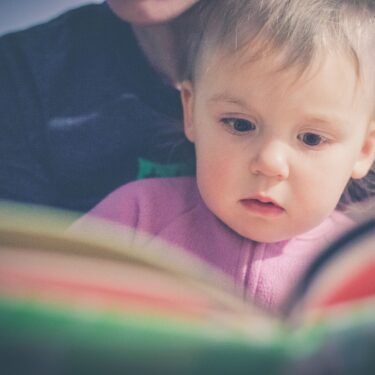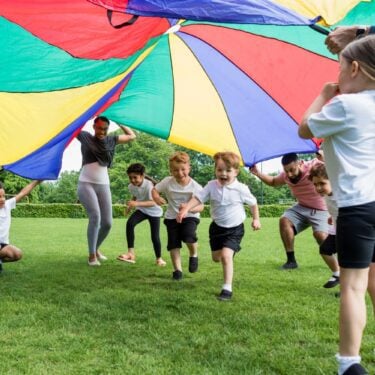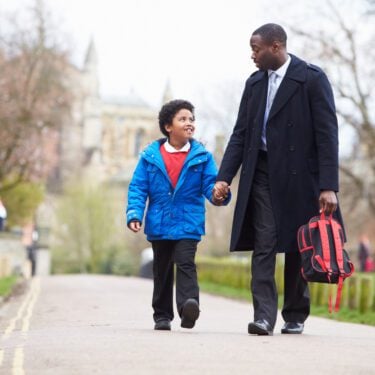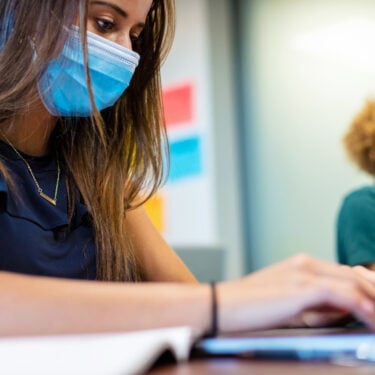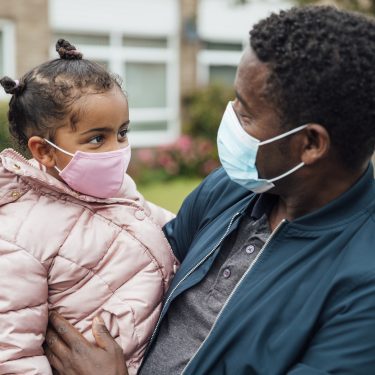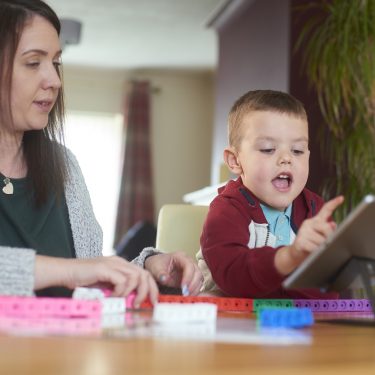
22/03/21
4 min read
A new report published today by the National Foundation for Educational Research (NFER) shows that the first lockdown in March 2020 led to a decrease in the well-being of teachers – with a rise in distress, anxiety and lower levels of happiness and life satisfaction, compared to pre-pandemic levels.
However, the new data highlights that the lower level of well-being among teachers was also experienced by similar individuals in other professions.
NFER’s 2021 Teacher Labour Market in England Annual Report , funded by the Nuffield Foundation, monitors the progress schools in England are making towards meeting the teacher supply challenge by measuring the key indicators and trends of teacher supply and working conditions.
The report also highlights how the relative ’recession-proof’ feature of teaching has led to a surge in the number of people applying to enter the profession.
The report finds that the teaching profession, having relatively high job security compared to an uncertain wider labour market, led to an increase in applications to initial teacher training (ITT) in 2020 and 2021.
After application numbers increased rapidly over the summer of 2020, enrolments in postgraduate ITT in 2020 were 20 per cent higher than the previous year, with the overall targets for primary and secondary trainees being exceeded.
The trend in ITT applications has continued in 2021, with total applications up to mid-February being 26 per cent higher than the same point in 2020. This suggests that the teacher supply challenge, which existed prior to the pandemic, has been eased in the short term.
Other key findings include:
- COVID-19 is likely to have led to lower teacher turnover and higher retention. The number of teachers leaving the profession is likely to remain lower than previous years in 2021, further bolstering short-term teacher supply.
- Anxiety among both teachers and similar professionals began to rise in the late summer and autumn as COVID-19 case numbers began to rise and some restrictions were re-imposed in response.
- During the autumn term, in which schools were fully open to pupils, full-time teachers’ working hours rose to around 46 hours per week, significantly more hours than the 41 reported by full-time similar professionals during the same period and the 40 reported by full-time teachers during March-July.
- COVID-19 led to a squeeze on teaching staff capacity throughout 2020, placing additional strain on the teachers who could work. For a range of reasons, the pandemic led to an increase in staff absence during 2020. This included teaching staff being required to self-isolate due to contracting COVID-19 or being in contact with an infected person and also teachers shielding due to an underlying health condition that could put them at risk of serious complications should they contract COVID-19.
- The pandemic has led to a reduction in capacity for school-based training placements, just as more trainees enter ITT. There are more trainees in the ITT system in 2020/21 compared to 2019/20, which means that more school-based placements are required for them to complete their training. However, COVID-19 has caused schools to reduce the number of ITT placements offered in 2020/21.
- Teacher pay freezes are unlikely to be sustainable in the medium term as the wider labour market recovers. While the immediate threat of a teacher supply crisis appears to have declined due to the COVID-19 impact of increased recruitment and retention, this is likely to be short-lived. Important factors such as pay will return to prominence in the medium term. A prolonged period of teacher pay freezes beyond 2021/22 would likely lead to teacher pay becoming increasingly uncompetitive compared to other professions. This could risk prompting another teacher supply challenge once the labour market starts to recover.
The report makes the following recommendations:
- Reducing teacher workload and supporting well-being should remain a priority for the Government in the post-pandemic recovery phase.
- The Autumn 2021 Government Spending Review should account for a measured three-year package of teacher pay increases to ensure pay remains competitive.
- The School Teachers’ Review Body (STRB) is currently not invited to make recommendations on teacher pay if the Government decides to freeze teacher pay. STRB should be given a permanent remit to make independent recommendations on teacher pay, even when the Government considers that pay should be frozen.
- The Government should closely monitor teacher absence data throughout the 2021 spring and summer terms, and publish weekly data.
- The Government should take action to ensure schools have sufficient mentoring capacity to support the increasing numbers of new teachers entering the system.
Commenting on the research, Jack Worth, NFER School Workforce lead and co-author of the report said:
“The COVID-19 pandemic has resulted in a higher level of anxiety and lower levels of well-being and happiness in the population, and this has been no different for teachers in England. Being supported and feeling valued are key for retaining teachers in the profession.
“Although the impact of the pandemic has eased the teacher supply challenge in the short term, there remains a real need to continue to improve teachers’ pay and working conditions to make it a rewarding graduate career choice even when the wider labour market recovers.”
Cheryl Lloyd, Education Programme Head at the Nuffield Foundation said:
“Like other professionals, teachers have experienced higher levels of anxiety than usual during the pandemic. It is important that the well-being of teachers and school leaders is adequately supported and remains a government priority during the recovery phase.
“With children’s learning having been severely disrupted over the past year, the recruitment and retention of a high-quality teaching workforce is now more crucial than ever. Despite an increase in enrolment to initial teacher training courses, shortages remain in key subject areas and the government should continue to strengthen strategies to attract and retain teachers.”
